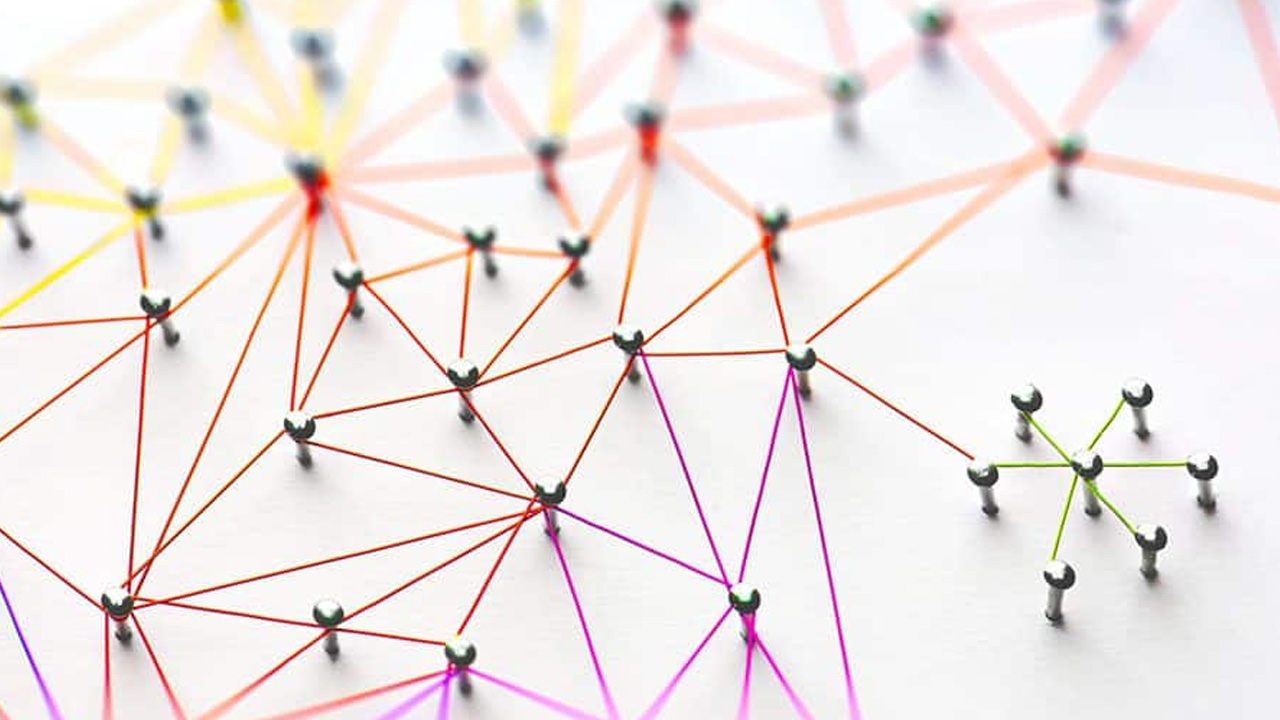In this two-part blog post, Jennifer Goldsmith, Tendo President, dives into the complexities of disconnected healthcare data.
Healthcare data is increasing at an exponential rate. Approximately one-third of the world’s data volume is being generated by the healthcare industry. By 2025, the compound annual growth rate of healthcare data will reach 36% – that’s 6% faster than manufacturing, 10% faster than financial services, and 11% faster than media and entertainment.
In addition to information captured during visits with healthcare professionals, personal health information is being created by an increasingly diverse set of devices, apps, and monitoring technologies, each generating a dizzying array of daily statistics on health and wellness. This raw data is being used to generate AI-based insights often stored and managed in vast, cloud-based information networks. Further, this medical information will continue to grow while becoming increasingly disconnected.
To achieve the promise of the healthcare information age, it’s critical for the industry to connect these increasingly disparate and disconnected data sources. While there is an immediate need for Electronic Health Record (EHR) interoperability, ultimately it is about more than just interoperability between healthcare systems. It is about getting a 360-degree view of a person’s health – information that sits in multiple EHRs as well as personal health data generated through wearable devices, apps, and tests outside of the general healthcare environment.
For clinicians, bringing together disparate sources of patient data provides them with the full picture so they can better understand overall patient health and wellness, make more informed health decisions, and support better health outcomes. This is crucial, especially as medical errors account for more than 250,000 deaths annually in the U.S. – significantly more than other developed nations.
For healthcare consumers, it provides a holistic and comprehensive medical history that is not specific to any healthcare organization or technology and that follows them wherever they go – at a hospital while on vacation, across town to a new provider, or at various specialists. It also has the potential to facilitate better personal health decisions and wellness planning to prevent acute problems later, improve clinical outcomes now, and reduce the need for redundant diagnostic testing.
To connect the dots, we need to start by untangling the Gordian knot that is healthcare data.
Electronic Health Records
At the root of the healthcare information data challenge is the EHR. This vital healthcare information is often housed in a wide variety of disparate and disconnected Electronic Medical Records (EMR) systems. Each healthcare organization (HCO) may have one or many different EMRs, so a patient’s medical history may be fragmented across various EMR systems within a single HCO and then further dispersed across multiple HCOs.
For example, a patient may have seen their primary care physician for an annual check-up, as well as been treated for a serious condition in a hospital belonging to that same HCO. If there are different EMRs for primary care offices and the hospital, that individual now has two different and disconnected records in that one HCO. Now, consider that same patient goes skiing on vacation, falls, and needs emergency orthopedic surgery. The local hospital uses its own instance of an EMR that is, again, different and disparate from the patient’s home HCO. As a result, the patient now has a third identity.
This pattern continues over time often resulting in many, completely disconnected datasets that describe a patient’s medical history. There are now many different ‘versions’ of the same person with no ability to automatically connect those records for a complete view of the patient. The burden rests on the patient to manually gather information from system to system, collate it, and then communicate it accurately to each healthcare provider.
Some EMR technologies have tried to address this challenge by allowing for records to be shared across different instances of their own technology – a fix that is difficult to implement and still limited in scope and scale. Further, many technologies now support a manual export of medical information that the patient, caregiver, or HCO can piece together from multiple files. Additionally, Healthcare Information Exchanges (HIEs) are designed to aggregate this information from multiple sources and can sometimes offer a more holistic picture of a patient, but there aren’t many HIEs available and they are not nationwide so even an HIE cannot provide a complete source of truth of a patient.
In most cases, reconciling different medical personas created over a lifetime of interactions is still complex, manual, paper-based, and falls on the patient to manage. Yet, the impact of fragmented patient medical information goes well beyond simple inconvenience. It can also impact clinicians’ ability to provide the right treatment plans to achieve the best health outcomes.
Complicated patients have an even higher risk of seeing a doctor who may not have all the data they need. Patients don’t always know their medicines and current dosages or what the results were from recent tests. Additionally, a patient’s information is often scattered across multiple systems. Just being able to share the information is the first critical step to quality care. The next step is to make sure the data is accurate, curated, maintained, and up to date, but that often doesn’t happen.
In addition to impacting patients’ healthcare, the challenge of disparate systems and fragmented healthcare information also makes it difficult to combine healthcare system-driven medical history with personally curated wellness information. At a time when the volume and complexity of personal health and wellness data is experiencing exponential growth, it is becoming increasingly critical to combine both healthcare and personal wellness information to get a more complete picture of the individual.
Stay tuned for part two of this post to learn more about additional healthcare data sources and the possibility of interoperable healthcare.

